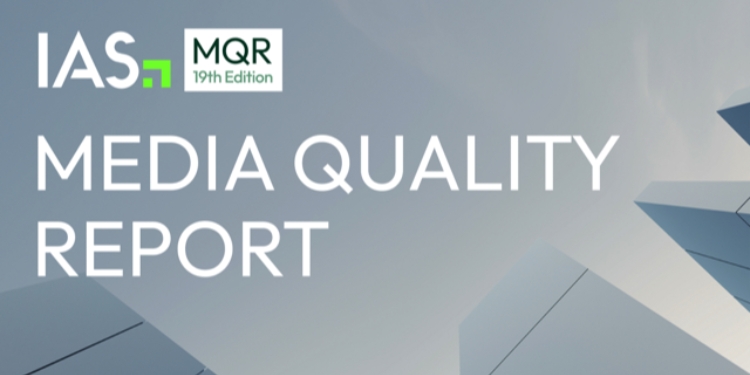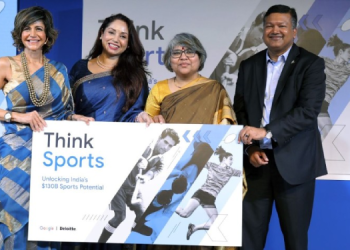Mumbai: Marketers are focused on safeguarding their brands from growing threats including AI-generated deepfakes and misinformation. Consumers increasingly hold advertisers accountable for ad placements around risky content, which can lead to lower levels of brand favourability and trust. In addition, with the shift to video-first environments, industry experts see social media and digital video as the top two media types to face serious challenges in 2024, and also the two that are most ripe for innovation.
Integral Ad Science, a global media measurement and optimisation platform, today released the 19th edition of its Media Quality Report (MQR). The annual report analyses over 280 billion digital interactions daily from across the globe to provide both advertisers and publishers with benchmarks to measure the quality of their digital advertising campaigns and inventory.
“IAS is committed to driving our mission forward as the benchmark for trust and transparency in digital media quality, and the MQR is just one of the many ways we pursue this mission for advertisers, publishers, and platforms across the globe. The findings of the report highlight the need for innovative solutions to help marketers, publishers, and platforms safeguard and scale their brands now more than ever, all while improving ROI to remain future-ready” said Lisa Utzschneider, CEO IAS.

This year’s report found the global brand risk rate remained stable in 2023, coming down a nominal 0.1 point from 2022 to reach 1.7%. However, brand risk increased 0.2 points in the Americas from 2022 to 2023, up from 1.9% to a 2.1% brand risk average – likely a result of increased election coverage and political ad spending. Video, both desktop and mobile, continued to see low brand risk worldwide. Despite sitting at a brand risk rate of 7.0% in 2020, desktop video carried the lowest brand risk of any format at 1.4% in 2023, with mobile video sitting slightly higher at 1.7%.
With the Olympic Games and UEFA European Championship to come this year, IAS discovered a correlation with major sporting events and higher brand risk. In the U.S., a brand risk average of 3.5% in the week leading up to the Super Bowl in February 2023 was 59% higher than the 2.2% benchmark for the U.S.
Despite the significant spike, sporting events are considered generally safe content as more marketers leverage brand suitability tools and strategies, but unforeseen risks can arise during live broadcasts and streams with continued fallout well after the event – as seen with situations like the trophy ceremony of the Women’s World Cup in 2023. In conjunction with brand suitability tools, utilizing contextual targeting for these types of events can also not only help reduce risk, but increase campaign performance and efficiency.
Additional highlights from the report include:
Global Ad Fraud: This has dropped to 0.6% on campaigns optimised against ad fraud – the lowest figure since 2020. All formats have seen a drop, with desktop display and video in particular seeing impressive reduction. However, non-optimised campaigns saw an increase in fraud, with fraud violations for unprotected campaigns up to 14 times higher than optimised campaigns.
Time-in-View: This hit a new low in H2 2023, averaging 15.78 seconds across all regions and environments. While this decrease may not seem ideal, IAS research found that between 3-10 seconds is the ideal time for an ad to be in view to drive incremental sales lift. At the same time, viewability has reached record heights, with overall rates at 76.1%.
In its 19th edition of its Media Quality Report, IAS’s Research team captured more than 280 billion digital interactions daily at the impression level, analysing this data to create the Media Quality report. The report aims to provide both advertisers and publishers with the right actionable insights to forge an innovative, impactful, and safer digital future.

















